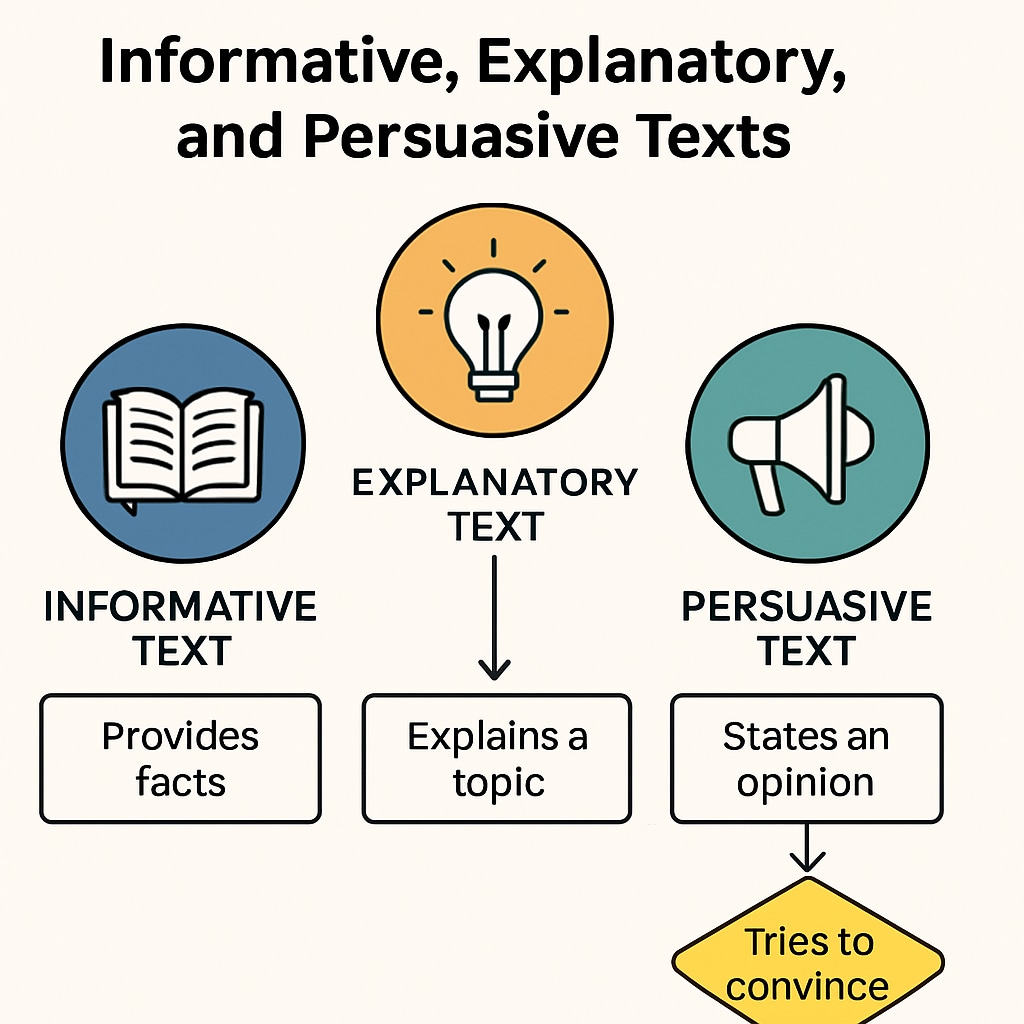Functional Skills English reading exams require students to identify the purpose of various texts accurately. This can be daunting, especially for K12 learners tackling Level 2 assessments. Whether the goal is to inform, explain, or persuade, understanding these purposes is key to success in the exam. In this article, we’ll explore systematic methods and practical tips to help students confidently distinguish between different text types and ace their exams.

Why Text Purpose Matters in Functional Skills English Reading
Text purpose acts as the backbone of comprehension in reading exams. Authors use specific language, structure, and tone based on their intent, which directly impacts how readers interpret the information. For example:
- Informative texts: Provide facts or instructions, often using neutral, clear language.
- Explanatory texts: Help readers understand processes or concepts, frequently using examples or diagrams.
- Persuasive texts: Aim to convince the reader through emotional appeal, logical arguments, or rhetorical devices.
Recognizing these differences not only aids in comprehension but also improves exam performance for Functional Skills English learners.
Practical Techniques to Identify Text Purpose
To master text purpose identification, follow these actionable strategies:
- Analyze the title and headings: Titles often reveal the main intent—whether to inform, explain, or persuade. For example, “The Benefits of Recycling” suggests persuasion.
- Focus on keywords: Words like “should,” “must,” or “recommend” indicate persuasion, while terms like “how to” or “step-by-step” signal explanation.
- Examine the tone: A neutral tone usually informs, whereas an enthusiastic or urgent tone often persuades.
- Check for supporting evidence: Explanatory texts may include diagrams, while persuasive texts rely on statistics or testimonials.
These techniques encourage a structured approach to tackling reading questions.

Common Challenges in Text Purpose Identification
Despite clear guidelines, students often encounter hurdles, such as:
- Ambiguous language: Some texts blend purposes, requiring careful analysis.
- Time pressure: Exam environments often limit the time available for deep reading.
- Lack of practice: Without exposure to varied text types, students may struggle to differentiate purposes.
Addressing these challenges involves consistent practice and familiarity with diverse reading materials.
Expert Tips for Exam Success
Here are additional tips for mastering text purpose identification:
- Practice with past papers: Review previous Functional Skills English exams to identify patterns in text purposes.
- Use annotation: Highlight keywords and phrases that indicate purpose while reading.
- Test yourself: Create mock questions based on everyday texts, such as advertisements or instructions.
- Build vocabulary: Familiarity with purpose-related terms enhances comprehension and speed.
Applying these strategies will boost confidence and exam performance.
Final Thoughts
Functional Skills English Level 2 reading exams challenge students to think critically and identify the intent behind written texts. By understanding the nuances of informing, explaining, and persuading, learners can approach their exams with confidence. Systematic techniques, consistent practice, and expert tips pave the way for success in text purpose identification.
For more information on Functional Skills English or to access additional resources, explore authoritative sources like Functional Skills on Wikipedia or Reading Skills on Britannica.


